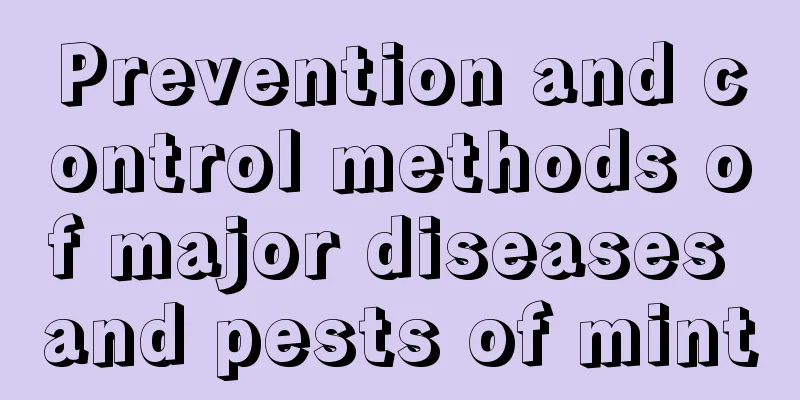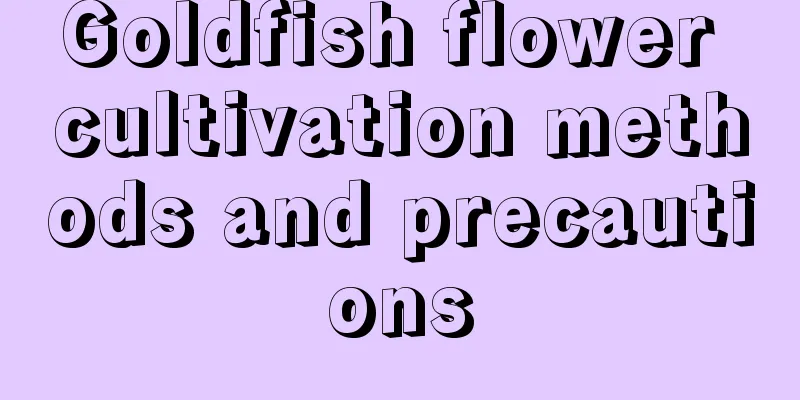Prevention and control methods of major diseases and pests of mint

Mint rustHarmful to mint leaves and stems. Excessively wet or dry weather in May and June can easily cause this disease. Specifically, in the early stage, orange-yellow powdery summer spore piles appear on the back of the leaves, and in the later stage, black-brown powdery winter spore piles appear. Failure to promptly treat the disease will lead to withering and falling of leaves, and eventually death of the entire plant. When the virus first infects, spray 1000-1500 times of 20% triadimefon emulsifiable concentrate or 300 times of sodium dimethoate. Leaf spotAlso known as "white star disease," it is harmful to mint leaves. The peak period is from May to October. Specifically, small dark green circular spots appear on the leaves, which gradually expand into dark brown spots with grayish-white star shapes in the middle and small black dots dotted on them. The leaves will slowly wither and fall off. If diseased leaves are found, they should be removed and burned. Spray 70% mancozeb and 75% 500-700 times dilution of Thiophanate-methyl. Do not spray after 20 days before harvest. CutwormThis pest can cause harm to young seedlings. In spring, the stems of the seedlings will be eaten by their larvae, resulting in a shortage of seedlings. The roots should be sprayed with 2000-3000 times diluted 40% chrysanthemum emulsion and 40% methyl isothioate emulsion, or irrigated with 1000 times diluted 40% methyl isothioate. Spodoptera exiguaThis pest will harm the flower buds and leaves, and the leaves will be eaten by its larvae, leaving holes. Add water and spray 50% concentration of Yitaibao emulsion (30-60 ml per mu) or 1000 times concentration of 50% concentration of cypermethrin. Also, do not spray pesticides 20 days before harvest. |
>>: Cactus Pest Control Encyclopedia
Recommend
Cultivation method of potted cycad with beautiful leaf shape
The growth of new leaves of Cycas revoluta should...
How to prune a small fortune tree
1. Pruning time It enters a period of vigorous gr...
How to care for hydroponic copper coin grass seeds
Method of hydroponic cultivation of copper coin g...
Coriander pot planting method
1. Prepare seeds You should choose the right time...
With just a branch and a flower pot, you can grow osmanthus at home and smell the fragrance of flowers without spending any money.
I believe everyone must have seen a lot of this k...
The difference between Takasago no Ouji and the Queen's Flower Hat
1. Difference of blades The leaves of Takasago ar...
Longan tree cultivation methods and precautions
1. Soil The longan tree has a strong ability to a...
What is the function of beauty plum
The ornamental effect of plum blossom The beauty ...
What are the benefits of drinking chrysanthemum soaked in water
1. What are the benefits of drinking chrysanthemu...
When is the best time to grow cucumber seedlings?
Recently, spring farming activities are in full s...
Cultivation methods and precautions of Schefflera
1. Breeding methods 1. Soil: Slightly acidic soil...
When and how to graft a pomegranate
1. Grafting time Pomegranates are usually grafted...
Should I water the newly planted succulents? (How to water the newly planted succulents correctly)
Do newly planted succulents need watering? When c...
How many stages does the growth process of bamboo consist of? How to propagate bamboo?
Bamboo is slender and upright, emerald green all ...
How long does it take for basil to grow?
Introduction to Growing Basil Basil is native to ...









